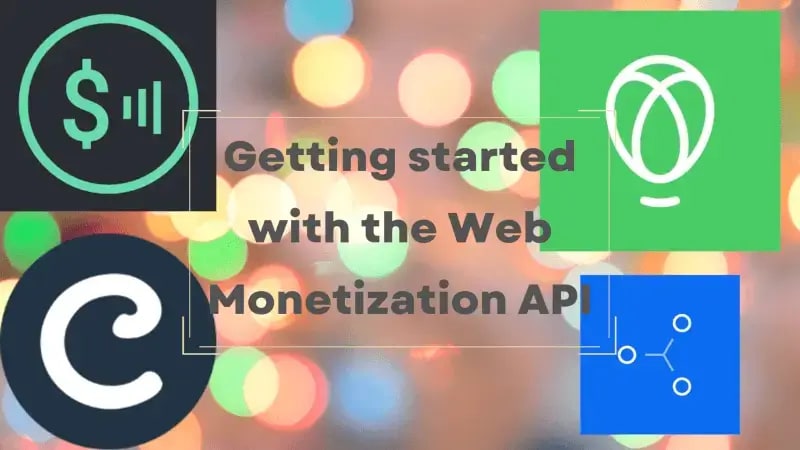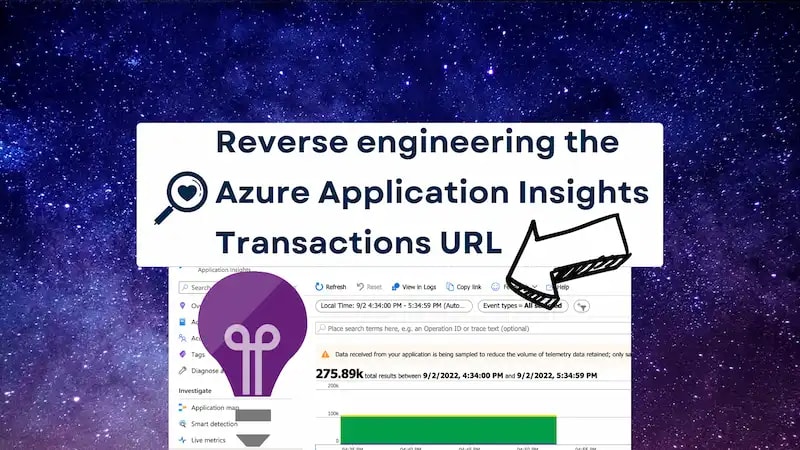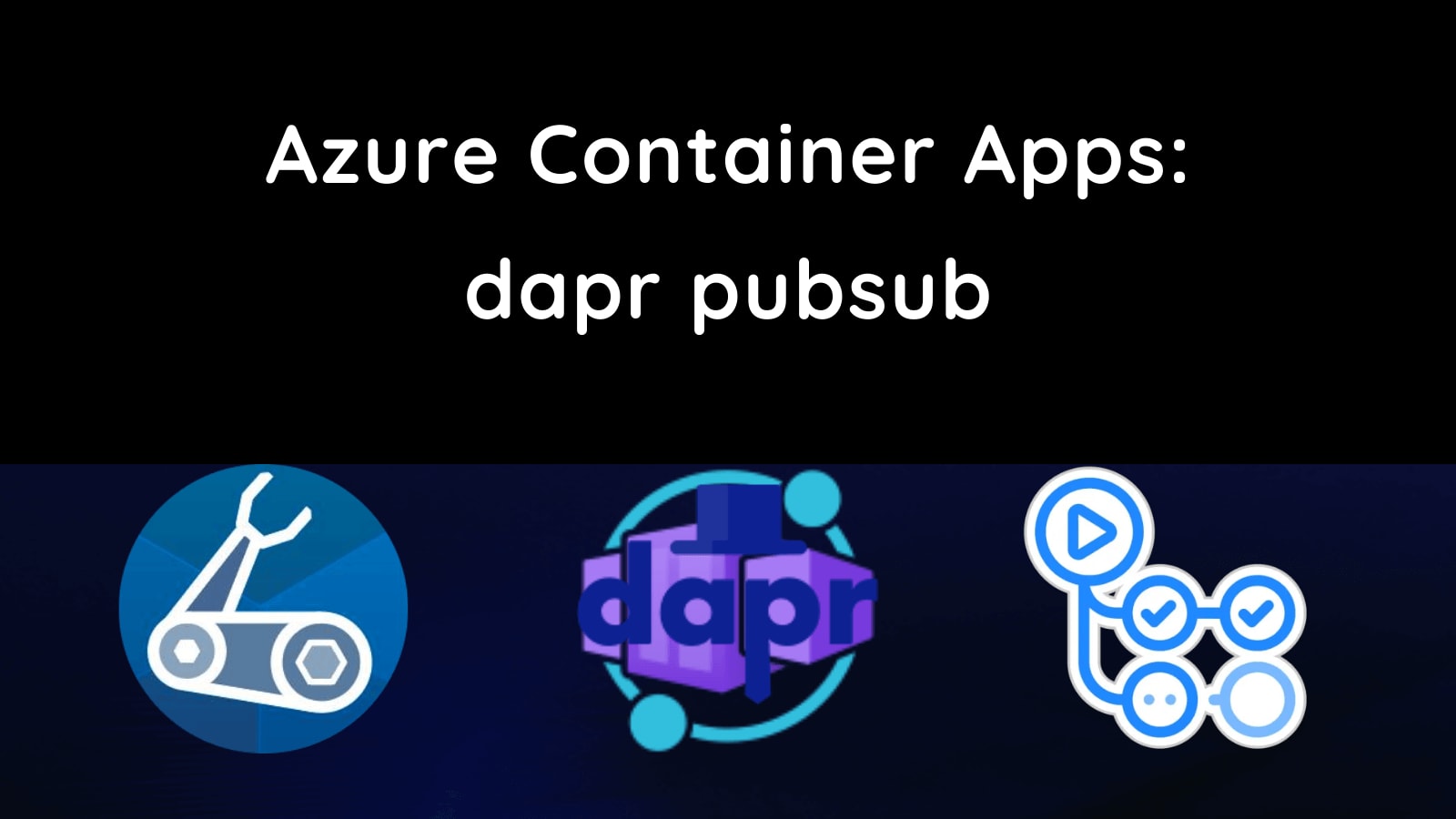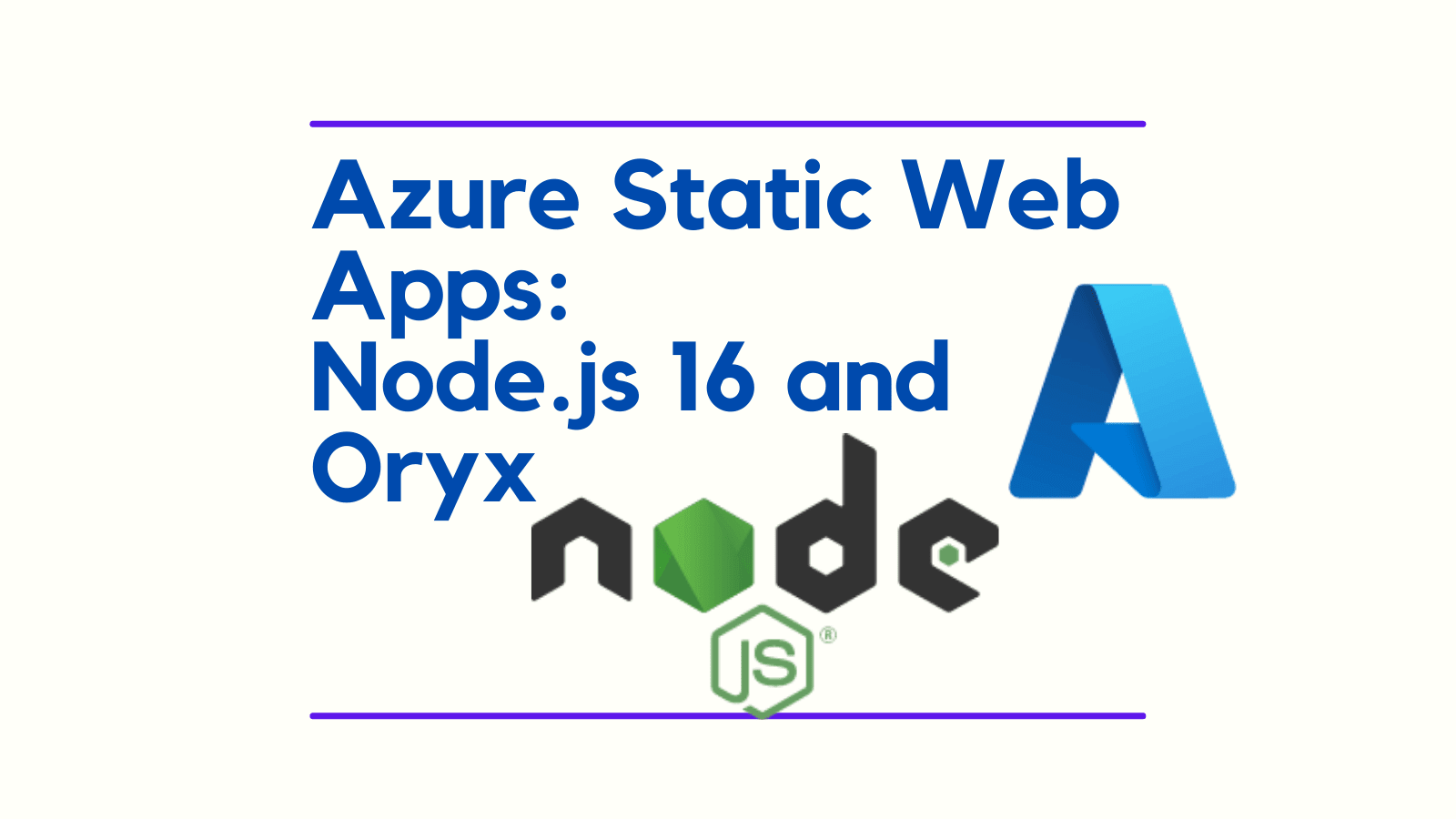Deep linking with Azure Static Web Apps and Easy Auth
Azure Static Web Apps doesn't support deep linking with authentication. The post login redirect parameter of post_login_redirect_uri does not support query string parameters. This post describes how to work around this limitation.


















